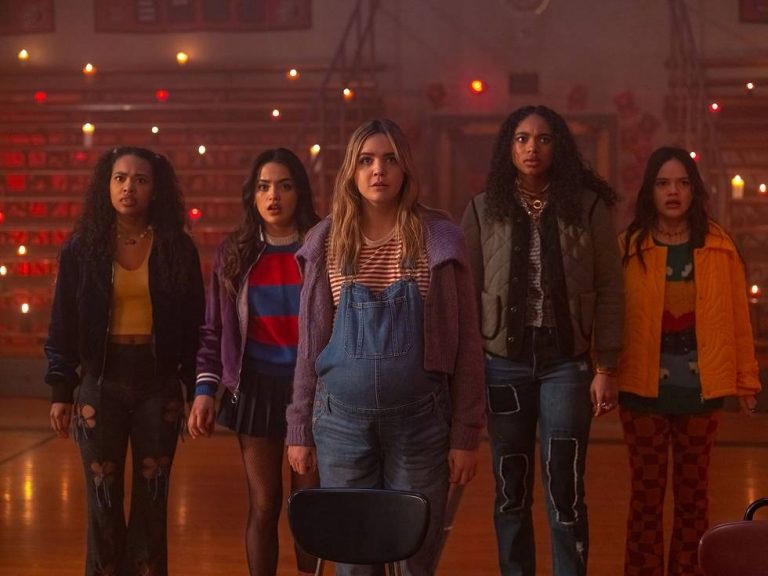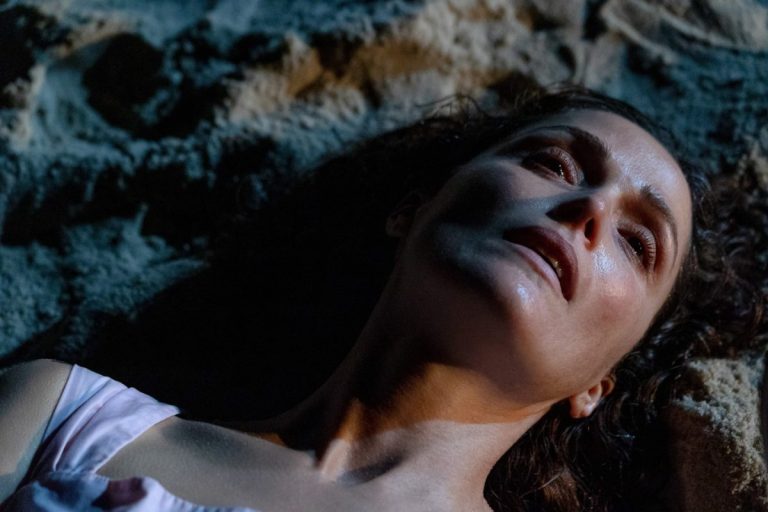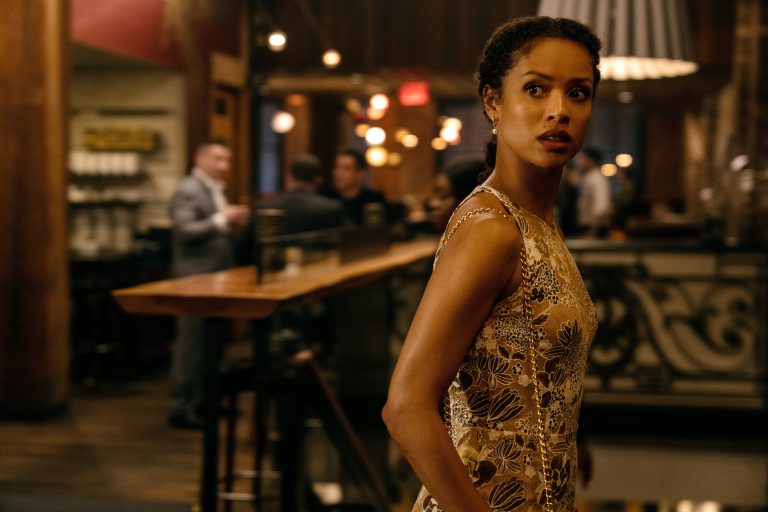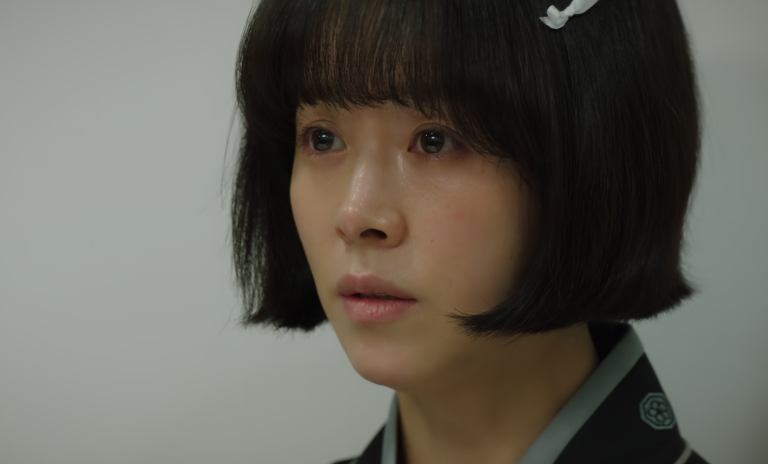28 Years Later, directed by Danny Boyle and written by Alex Garland, marks the long-awaited return to one of the most iconic apocalyptic franchises in cinema history. Picking up the threads of a ravaged Britain nearly three decades after the original Rage Virus outbreak, the film serves up a brutal exploration of trauma, survival, fractured families, and the evolution of both the infected and the survivors left in their wake.
As with its predecessors, 28 Years Later is haunting not just for its relentless action and grotesque infected, but for the existential questions it raises about what’s left of humanity when civilization collapses. The ending is as provocative as ever – both chilling and ambiguous, leaving us with a final shot and theme that fans and critics have hotly debated.
In this article, we break down 28 Years Later in detail: a complete plot summary and a deep-dive into the central question—what does the ending mean, and how does Spike’s final choice set up the future of this bleak, ever-mutating world? Please make sure that you are aware that the article will be full of spoilers. Proceed at your own risk.
28 Years Later (2025) Plot Summary & Movie Synopsis:
The film wastes little time painting a devastated portrait of Britain. The story opens with a flashback to the first days of the Rage Virus, introducing us to young Jimmy Crystal (Rocco Haynes) in the Scottish Highlands. After watching his family succumb, Jimmy flees into the wild on the advice of his clergyman father, bearing a cross necklace—the last relic of hope before faith itself crumbles under the violence tearing the world apart.
How Does the World Look, 28 Years After the Outbreak?
Jumping forward nearly three decades, Britain remains sealed off from the world, labeled a “never-to-return” dead zone. Pockets of survivors have forged their own insular communities, with rumors swirling about horrors and new mutations lurking beyond their walls.
The focus narrows in on the island of Lindisfarne, a windswept outpost holding perhaps the last remnants of traditional society. Here lives Jamie (now played by Aaron Taylor-Johnson), a hardened scavenger, his ailing wife Isla (Jodie Comer), and their 12-year-old son, Spike (Alfie Williams). The community is harsh and suspicious, ruled by ritual and survivalism rather than real unity or hope.
Why Do Jamie and Spike Brave the Mainland?
The story gains urgency when Jamie and Spike cross the treacherous causeway to the mainland, for food and a coming-of-age “hunt” tradition. The landscape is a surreal wasteland, with crumbling churches and overgrown ruins haunted by stray infected. Their journey is part test and part a reason for Spike to understand what he has to deal with when he is not shielded by his father.
During their trek, they encounter a mutilated, chained, and infected with “JIMMY” carved into its flesh. Upon inquiry, Jamie tells Spike about the rumor that a legendary survivor or cult-leader has been roaming these parts. Even more terrifying on their journey is the recurring appearance of a new “Alpha” infected—a mutated, cunning leader who is stronger and more capable than the other dead beings – it doesn’t help that he holds a clear, vengeful intent towards human survivors. The mainland is no longer just a graveyard, like the survivors thought. With time, it has also evolved into something that they are not aware of.
Jamie and Spike’s escape from the Alpha is both harrowing and grounding. The village’s medieval defenses, which also include a steady gate that separates the mainland away through a tunnel-like, makeshift causeway that only shows up when the tides are not high, are able to take down the Alpha—at least for now.
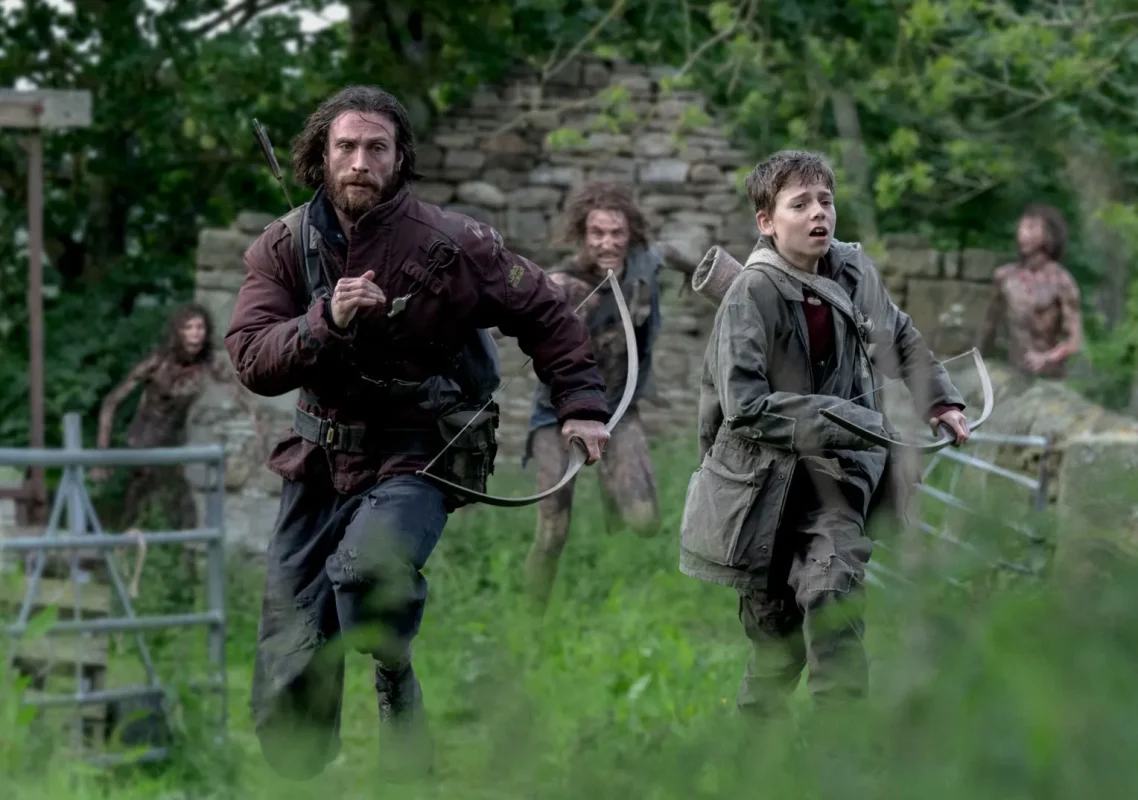
How does the Lindisfarne Community start to fall apart?
Upon their return, cracks in the foundation of Lindisfarne become apparent. Spike’s coming-of-age is tainted by Jamie’s need to exaggerate their exploit at a fireside gathering. This reveals something far complex to the young Spike. He realises that the humanity in the community lies in clutching at legends rather than truths. Spike also feels alienated after discovering that his father is having a secretive affair with the colder, pragmatic Rosie because his mother’s mental well-being is not being looked at.
Spike thereby learns that Dr. Kelson, a former island doctor with a reputation for madness and grotesque “bone art,” was driven out years ago by Jamie and the council. Isla’s undiagnosed, worsening illness makes the boy desperate for answers that Jamie’s masunalith doesn’t allow him to seek.
In a moment of rebellion, Spike sets fire to a barn to create chaos, then flees across the causeway with Isla in a scavenged boat, determined to find Kelson and save his mother, even if it means braving the mainland terrors.
How Dangerous is the Mainland?
Spike and Isla’s journey is relentless. They find temporary sanctuary in a ruined church, surviving close encounters with the infected. Isla, whose mental and physical state is unraveling, protects Spike in a moment of violence, it’s almost like the mother in her is still alive, even though her body and mind don’t seem to understand.
While they are trying to make their way to Kelson, they meet Erik Sundqvist (Edvin Ryding), the last survivor of a NATO patrol, who was marooned after an ill-fated quarantine mission. Erik wants to help—at first. But after witnessing Isla assist a pregnant infected woman in delivering a healthy (uninfected) baby, Erik’s nerves shatter. Unable to reconcile the possibility of a cure or mutant hope, he kills the infected woman and turns on Isla and Spike. In a sudden, shocking burst, the Alpha infected returns and murders Erik, sparing Spike and Isla only briefly before pursuing them once again.
As they are about to come in direct contact with the Alpha, hope arrives in the unlikely form of Dr. Kelson, who drugs the Alpha. We then get a brief introduction of his character – this time from his perspective, and also get to see his lair, which is a macabre “bone temple” built from the skulls and skeletons of both the infected and the now rapidly dwindling living.
Is Kelson able to help Isla?
Kelson tends to Isla, ultimately diagnosing her with late-stage brain cancer—a terminal, untreatable illness unrelated to the virus. All hopes for a miracle evaporate as Kelson walks the young Spike through the reality of mortality, both clinical and philosophical.
Isla requests euthanasia from Kelson, but before Kelson administers the fatal dose, she implores Spike to live, handing him her last talisman. Kelson, ever the collector of memento mori, inters her remains within his bone temple but tells Spike not only to remember death, but also to “remember to love” (memento amoris).
What Happens When Spike returns home?
Haunted by heartbreak, Spike tries to return the baby (nicknamed “Isla” in honor of his mother) to the Lindisfarne community, but he is emotionally unable to face his father or the villagers. He leaves the child at the gates with a note and vanishes into the ruins. Jamie, desperate to follow his son, rushes towards the gate but is stopped by the rising tide—the physical and symbolic boundary between the son and father now wider than ever.
28 Years Later (2025) Movie Ending, Explained:
Who Finds Spike In The End, And What Do They Represent?
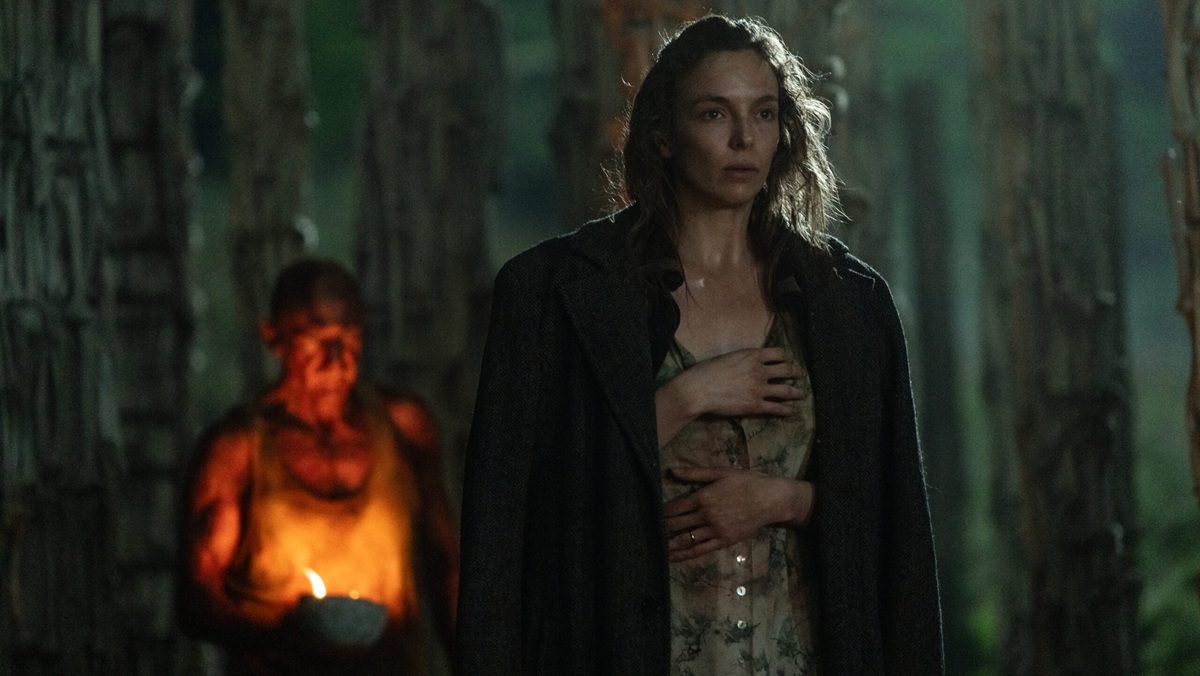
The ending of 28 Years Later jumps forward twenty-eight days. Spike, alone and ragged, is surrounded by a horde of infected in an abandoned shopping mall. Suddenly, a wild, tracksuited gang—moving with practiced parkour and wielding a makeshift weapon appears, killing the infected to the beats of a twisted children’s song.
The group’s leader is none other than Jimmy Crystal (Jack O’Connell), now a messianic cult figure. These so-called “Jimmies” have forged a new tribe from the ashes, equal parts millenarian cult and urban scavenger-army. Jimmy extends a hand to Spike, offering safety, camaraderie, and a place among their ranks. The camera lingers as Spike hesitates.
Will he embrace a new family forged from violence and myth? Or does his journey symbolize something else—a final break from the past and a step into the murky future?
What Does the Ending Really Mean?
The ending is a study in ambiguity and cyclical trauma. On one level, the final sequence marks the end of conventional society. Lindisfarne, with its rituals and ceremonies, could not protect those within. The infected, originally monsters, are now overshadowed by human threats: tribalism, fanaticism, and the seductive pull of belonging – even if these forms do not follow the traditions.
Spike, who is almost orphaned by grief and betrayal, embodies the lost innocence of a generation born in crisis. His choice—join the “Jimmies” or disappear into the wasteland—underscores the film’s core question: In a world built on death and memory, is there space left for compassion, or only survival?
Kelson’s memento mori and memento amoris haunt the narrative till they very end, suggesting that what truly divides the survivors is not just the ability to endure, but the capacity to remember and to love. This ambiguous final image—Spike framed between two paths, with Jimmy’s gang as both salvation and danger—leaves the future wide open.
Does the Ending Set Up A Sequel?
Absolutely. The narrative threads left dangling—Jimmy’s rule, the next mutation of the Rage Virus, the fate of the baby Isla, and the evolution of both monster and myth—are overt invitations to a promised sequel (28 Years Later: The Bone Temple is already in development).
What world will Spike help build? Can a new society emerge, or does the cycle of trauma and violence only feed itself? The ending’s power lies in its refusal to answer, echoing the most unsettling question the franchise has ever posed: What comes after the end of the world—another apocalypse, or a different kind of beginning?
28 Years Later offers no easy answers, but it does leave us with an indelible vision: the future belongs not just to the fittest, but to those who can still choose what—if anything—deserves to survive.



